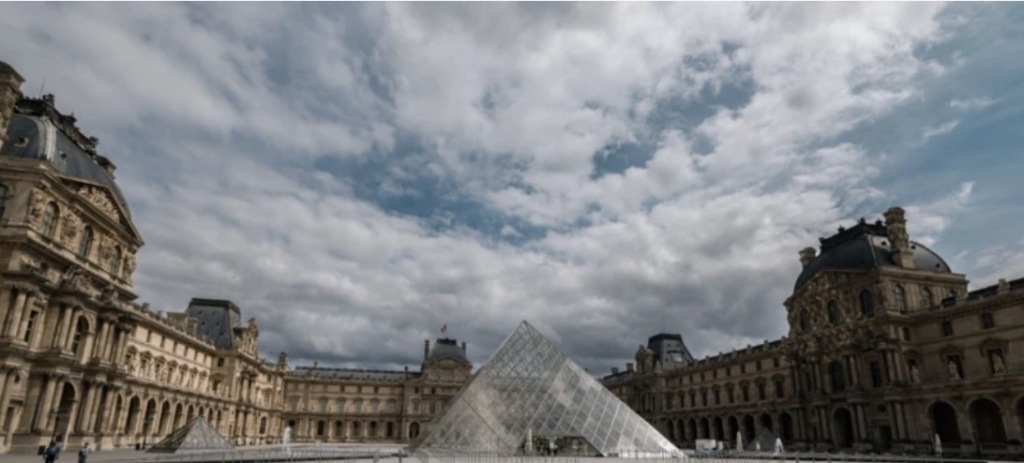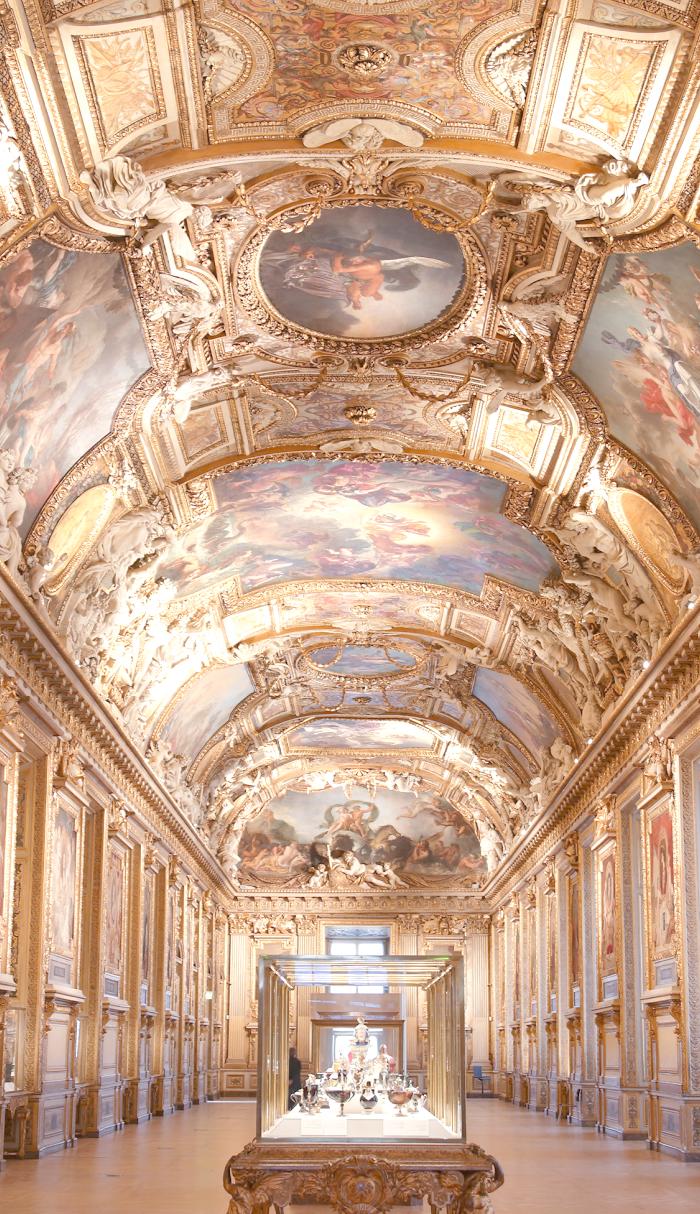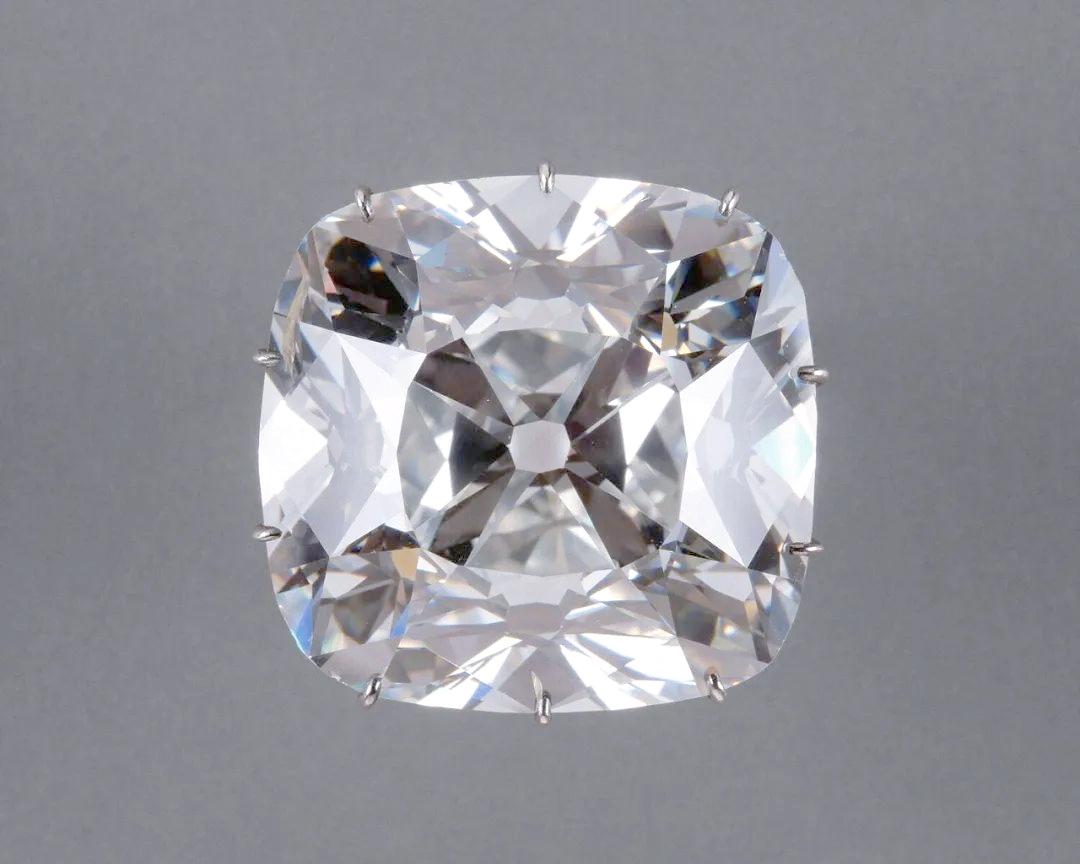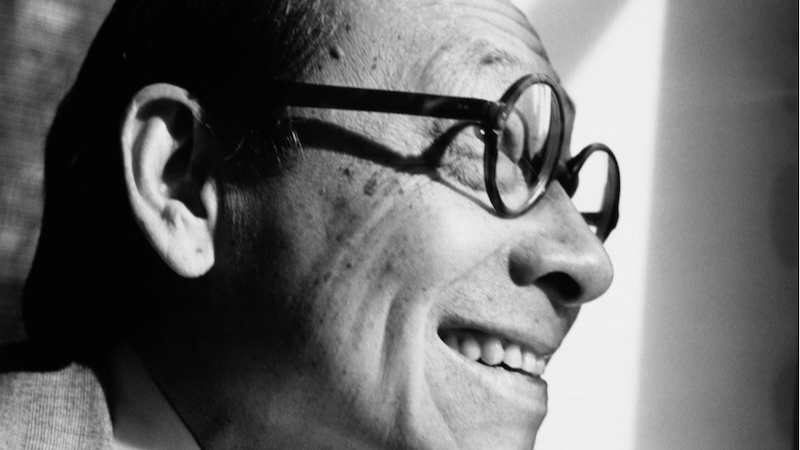
French Culture Minister Rachida Dati announced on the morning of October 19th that an armed robbery occurred at the Louvre Museum in Paris while it was open that morning. No injuries have been reported. According to French media reports, the thieves broke into the museum through a window and stole nine pieces of jewelry before fleeing on a motorcycle. The value of the jewelry is currently being assessed.

Louvre
"I am at the scene with museum staff and police, and the investigation is ongoing," Rashida Dati wrote on social media. She did not provide any information about the theft. The Louvre Museum announced that it would be temporarily closed to the public for the day due to special circumstances.
According to French media reports, three masked men broke into the Louvre shortly after the museum opened this morning. They allegedly used an exterior elevator under renovation to gain access to the Louvre's "Apollo Gallery," located on the Seine River. This gallery houses the French royal jewels. The thieves allegedly broke into the building through a window and stole nine pieces of jewelry, including necklaces, brooches, and tiaras, from the collections of Napoleon and his empress. They then fled the scene on a motorcycle. The value of the jewels is currently being assessed.

French police officers at a lift outside the Louvre Museum
A source within the Louvre said the famous Regent Diamond, weighing over 140 carats, had not been stolen. The amount of the loss was still to be assessed.

The Louvre's jewels, including the 140-carat Regent Diamond, have not been stolen.
Laurent Nunez, French Interior Minister, said the robbery lasted about seven minutes and a detailed list of stolen jewellery was being compiled. The Interior Ministry pointed out that in addition to their commercial value, these items also have immeasurable historical and cultural value.
Videos circulating on social media showed security personnel and members of the public appearing to be locked inside the Louvre after the robbery.
One visitor wrote on the social platform: "Just arrived at the Louvre and saw that the security guards were locked inside! Everyone at the door was told that they could not enter today and the museum was closed."

The entrance to the Louvre on social media
French police have blocked access to the Louvre Museum, including a main road along the riverbank, and are focusing their investigation on the southeast corner of the museum overlooking the Seine.
A large retractable ladder, typically used on fire trucks or rooftop construction vehicles, was visible at the scene. Its top rested on a balcony, possibly the route the three burglars used to gain access to the upper floors.
The surrounding area was packed with tourists, unable to enter the Louvre, wandering around in the cold weather.

French police set up a cordon outside the Louvre.
The Louvre is one of the world's oldest, largest, and most famous museums. Founded in 1204, it has undergone over 800 years of expansion and renovation to reach its present size. Located on the north bank of the Seine River in the heart of Paris, France, its collection encompasses a vast collection of art treasures spanning the history of Western art. According to previous documentation, upon entering the Louvre's jewelry gallery, the first thing that strikes the eye is the treasure area known as the "Apollo Gallery." Built by Louis XIV as a tribute to the sun god Apollo, the Apollo Gallery is a significant example of French classical decorative art. After restoration in 2019, a new display area for the Crown Jewels was added.

Louvre Apollo Gallery

Louvre Jewels
Starting December 13, 2025, the Louvre Museum in France will bring its core Islamic art collection to Shanghai with the exhibition "Marvels of Pattern: Masterpieces of Indian, Iranian, and Ottoman Art at the Louvre." This will be the Louvre's first exhibition in Shanghai and will be its largest-ever exhibition of its collection in China.
Appendix: Several famous thefts in the history of the Louvre
The most famous theft occurred in 1911, with the theft of Leonardo da Vinci's masterpiece, the Mona Lisa. The poet Guillaume Apollinaire and the painter Pablo Picasso were both questioned by police, but the culprit was ultimately an Italian man who, out of national pride, wanted to return the painting to Italy. Three years later, the painting was found in Florence and returned to Paris. At the time, it had not yet achieved the world-renowned fame it has today.

Tourists take photos with Mona Lisa
Another case occurred in 1983, when some 16th-century armor disappeared and was not rediscovered until 2011.
The most recent theft was the 1998 theft of a painting by 19th-century artist Camille Corot, Le Chemin de Sevres, which was removed from the wall without witnesses. The theft prompted significant improvements to the Louvre's security system, but the painting has never been recovered.

Corot's "Road to Sèvres," stolen in 1998

